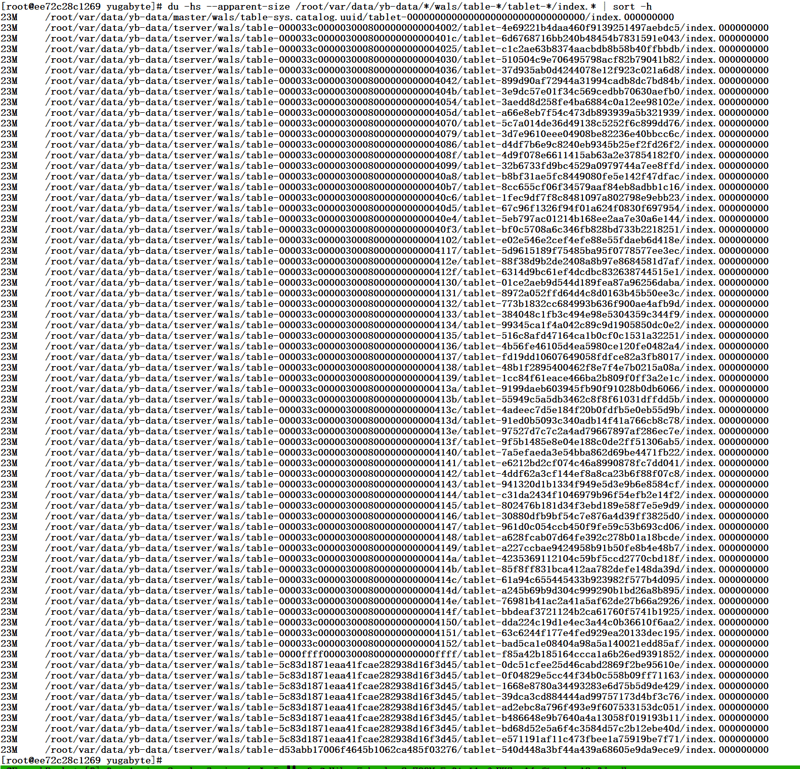JavaScript introduced 6 key features in the 2024 update. From making text and dates easier to handle, to new methods for program waiting and collaboration, and even making patterns easier to find.
Let’s take a look together!
1. A properly formatted Unicode string
Well-formatted Unicode strings introduce methods to ensure that strings in JavaScript are properly formatted in UTF-16 encoding.
This feature aims to improve the way JavaScript handles Unicode, making it easier to handle other languages and characters by detecting and correcting incorrectly paired proxy code points in strings.
Actual use:
Imagine that you are working with user-generated content, which may contain various languages and symbols.
Ensuring that the content is correctly encoded is crucial for handling and displaying it correctly.
Check for well-formed Unicode strings : Use String.prototype.toWellFormed to determine if the string is correctly encoded without any separate proxies.
console.log(exampleString.isWellFormed()); // True if no lone surrogates are present
02) Convert to a well-formatted Unicode string: Convert any string with unpaired surrogates to a well-formatted string by using String.prototype.toWellFormed to replace these surrogates with Unicode replacement characters (U + FFFD).
console.log(malformedString.toWellFormed()); // “uD800” is replaced with U+FFFD
This feature simplifies the management of Unicode strings, especially when dealing with internationalization or emoji, ensuring that developers can handle strings more reliably across different platforms and environments.
It solves common sources of errors in web applications, making JavaScript more robust in handling global content.
2.Atomic waitSync
Atomic waitSync is a synchronization primitive that complements the existing Atomics API.
It allows for synchronous waiting on shared memory locations, thus promoting better coordination between the main thread and worker threads, which is crucial in complex multi-threaded web applications.
Synchronization example:
Web applications that perform heavy calculations or real-time data processing in Web Workers.
Effectively coordinating the main thread with the worker thread is key to maintaining performance and data integrity.
const sharedBuffer = new SharedArrayBuffer(1024);
const intArray = new Int32Array(sharedBuffer);
// Main thread sets a value
Atomics.store(intArray, 0, 123);
// Worker thread waits synchronously for the value to change
Atomics.waitSync(intArray, 0, 123);
// After some operations in the worker
Atomics.store(intArray, 0, 456); // Changes the shared memory value
// Main thread can be notified or act upon this change
Atomic waitSync provides a more direct way to synchronize operations between the main thread and the Web Worker without resorting to complex and error-prone messaging or polling mechanisms, thus enhancing JavaScript‘s concurrency model.
It can significantly improve the performance and reliability of applications that rely on parallel processing.
3. Regular Expression v Flag with set notation + string attribute
The introduction of the v flag and the collection notation and attributes of strings in Regular Expression (RegEx) represent significant improvements in JavaScript pattern matching functionality.
This feature provides RegEx with more expressive and efficient syntax, simplifying the process of matching and replacing text based on complex patterns, which is particularly beneficial for tasks involving internationalization and multilingual content.
Advanced search:
The combination of the v flag, set notation, and string properties allows for the creation of Regular Expressions that match specific character sets, including those defined by Unicode properties.
This enhanced feature is particularly useful for applications that require support for multiple languages and different character sets.
Match whitespace or emoji: The v-flag allows Unicode property escaping in collection notation, allowing for exact matching of a wide range of character categories, such as emoji or whitespace characters.
Usage example: Testing Regular Expression on strings containing emoticons and spaces demonstrates the ability to accurately recognize these character types.
console.log(testString.match(regex)); // Expected to match the emoji and spaces
This enhanced feature of RegExp makes handling complex character sets more intuitive and less error-prone, especially when dealing with global applications that require adaptation to various languages and symbols.
4.Pipeline Operator (|>)
Pipeline Operator introduces a more readable and functional way to write operation sequences in JavaScript.
It allows developers to link functions together in a more intuitive and clear way than nested function calls, thereby improving code readability and maintainability, especially in data processing or function-based programming contexts.
Example:
Consider a scenario where you need to apply multiple transformations to a value. Using Pipeline Operator, each step is clearly separated, making the code easier to understand.
const double = n => n * 2;
const increment = n => n + 1;
// Using the Pipeline Operator to apply the functions
let result = 5 |> double |> increment;
console.log(result); // Outputs 11
The provided syntax solution is not only more expressive, but also meets the readability and composition goals of modern JavaScript development.
5.Temporal API
The Temporal API solves the complexity and inconsistency of date and time operations in JavaScript.
By providing a large number of objects and methods for processing dates, times, time zones, and durations, the Temporal API simplifies the processing of time-related data.
In this way, its goal is to replace the need for third-party libraries with powerful standard solutions.
Temporal API in use
Using dates and times usually involves handling time zones, daylight saving time changes, and formatting.
The Temporal API makes these tasks easier and less error-prone.
const meetingDate = Temporal.PlainDateTime.from(“2024-03-25T15:00:00“);
const zonedDate = meetingDate.withTimeZone(“America/New_York“);
console.log(zonedDate.toString()); // “2024-03-25T15:00:00-04:00[America/New_York]”
// Calculating the difference between two dates
const startDate = Temporal.PlainDate.from(“2024-01-01“);
const endDate = Temporal.PlainDate.from(“2024-03-01“);
const difference = startDate.until(endDate);
console.log(difference.toString()); // “P2M” (Period of 2 Months)
This feature is a huge improvement over the existing Date object, as it provides developers with a more intuitive and powerful toolset for all aspects of date and time operations.
It greatly enhances the development experience when dealing with temporal data in JS applications.
6.Records and Tuples
Records and Tuples are proposed as new, immutable data structures in JavaScript, designed to improve code reliability and simplicity.
Records allows you to create immutable Attribute – Value Pair, similar to an object, but cannot be changed once created.
Tuples are immutable ordered lists, similar to arrays, but cannot be changed after creation.
These structures ensure that data does not change unexpectedly, which is particularly useful in functional programming and managing application state.
Example:
Let’s explore how to apply records and tuples in user profile management scenarios to maintain data integrity throughout the application lifecycle.
Create immutable user profiles using records.
The usage record defines the user profile as an immutable Attribute-Value Pair, ensuring that once the user profile is set, it cannot be changed, thus maintaining data integrity.
name: “Jane Doe“,
age: 28,
};
Manage ordered data using tuples.
Implement tuples to handle data sequences, such as points or coordinates, which remain unchanged once initialized, thus eliminating the risk of accidental modification.
In addition, they provide a certain degree of assurance of data state during application execution, preventing errors caused by accidental mutations.
They are particularly useful in applications that have complex state management requirements or adopt a functional programming pattern.
Summary
These planned features released in ECMAScript 2024 are not only practical, but also very good. They are important steps towards modernizing JavaScript, making it more powerful, and improving the developer experience. By addressing data integrity issues through recording and tuples, and addressing code readability issues through enhanced pattern matching, ES15 will provide developers with the tools they need to write more efficient, reliable, and maintainable applications.
Learn more:
How to get all the dates between two dates in JavaScript?
How to find the intersection of two arrays in JavaScript?
How to disable selection options using JavaScript?
How to Get Last Day of Month in JavaScript?
How does Postman request to download/export Excel/PDF files?




